Understanding Cancer
Non-Hodgkin Lymphoma in Childhood
Childhood non-Hodgkin lymphoma is the most common lymphoma in children, often causing painless swelling of lymph glands
Childhood Non-Hodgkin Lymphoma overview
Childhood non-Hodgkin lymphoma is a cancer that forms in the lymphatic system. It is the most common childhood lymphoma. There are two main types: B-cell NHL, which usually affects the abdomen, head or neck, and T-cell NHL which usually occurs in the chest. Symptoms of non-Hodgkin lymphoma in children generally include painless swelling of a lymph gland.
What is Non-Hodgkin Lymphoma?
Lymphomas start in the lymphatic system, the network of vessels that runs throughout the body carrying fluid containing white blood and other important immune system cells. Lymph nodes respond to infections by releasing white blood cells called lymphoid cells into the blood stream to fight it off.
When someone has lymphoma, lots of abnormal lymphoid, or lymphoma, cells are produced within a particular lymph node.
These are the same cells that become cancerous in people who have leukaemia, another form of blood cancer. The difference is that leukaemia develops in the bone marrow and affects normal blood cell production. Lymphoma, on the other hand, develops in the lymphatic system and does not affect normal blood cell production.
In patients with lymphoma the cancer cells cluster in the lymph nodes and form tumours. These cells can also spill into the blood stream and spread the cancer around the body, including to other lymph nodes.
What is the difference between non-Hodgkin lymphoma and Hodgkin lymphoma?
Non-Hodgkin lymphoma is a cancer that can affect any lymph node or related tissue in the body whereas Hodgkin lymphoma tends to affect the lymph nodes in the head and neck.
Different types of non-Hodgkin lymphoma
There are two main types of Non-Hodgkin Lymphoma (NHL):
B-cell NHL usually affects the lymph nodes in the abdomen, head or neck. Burkitt lymphoma is a rare type of B-cell NHL.
T-cell NHL tends to occur in the chest and is more likely in teenagers. Occasionally NHL can develop outside a lymph gland. This is called extranodal lymphoma.
The causes of Non-Hodgkin Lymphoma are not fully understood, however, children with deficiencies in the immune system or who have been taking immunosuppressing drugs for a long-time are known to be at increased risk of developing this type of cancer.
Both Hodgkin and non-Hodgkin lymphoma have been linked with the Epstein-Barr virus (EBV), however, EBV is extremely common and most people who get it do not develop lymphoma. Several geographical areas are associated with particular types of lymphoma – such as the ‘endemic’ Burkitt lymphoma in Africa.
Incidence
NHL accounts for about 60% of lymphoma in children, with around 85 children affected each year in the UK.
NHL affects all ages but is very rare among infants; incidence increases until the age of around four years and remains fairly steady for the remaining years of childhood. The incidence among boys is more than twice that among girls.
Survival
NHL can be treated successfully in the majority of children, with an overall five-year survival rate of 90%.
The success of treatment depends on the type, stage and grade of the lymphoma. Better outcomes are associated with early diagnosis and disease localised to one area of the body.
Kalem was diagnosed with non-hodgkin lymphoma when he was just 10 years old. Learn more about his successful lymphoma story.
Symptoms of Non-Hodgkin Lymphoma
Non-Hodgkin Lymphoma cancer symptoms in children include:
- painless swelling of a single lymph gland, usually in the neck
- cough or breathlessness can occur if the glands in the chest are affected
- stomach pains if abdominal lymph glands are affected
- fevers and sweats
- tiredness
- weight loss
- feeling full after a small meal
- sleep sweats
You can learn more about lymphomas, including non-Hodgkin lymphoma with this informative video:
Non-Hodgkin Lymphoma diagnosis
The exact diagnosis will be confirmed by removing part or all of an affected lymph gland so that the cells can be examined in the laboratory. This is known as a biopsy and is usually carried out under general anaesthetic.
Further tests, such as X-rays, CT and MRI scans and blood tests, are carried out to determine the exact size and position of the lymphoma and whether it has spread. This is known as staging.
The stage of a cancer is a term used to describe its size and whether it has spread beyond its original site. The type of treatment given depends on the stage of the disease. In simplified terms, the stages of Non-Hodgkin Lymphoma are as follows:
Stage 1 – one group of lymph nodes is affected, or there is a single extranodal tumour.
Stage 2 – two or more groups of nodes are affected, or there is a single extranodal tumour that has spread to nearby lymph nodes; or there are two single extranodal tumours, but only on one side of the diaphragm (the muscle that separates the chest cavity from the abdominal cavity).
Stage 3 – there is lymphoma on both sides of the diaphragm (either in two or more groups of nodes) or there are two single extranodal tumours or the lymphoma is affecting the chest.
Stage 4 – the lymphoma has spread beyond the lymph nodes to other organs of the body such as the bone marrow or nervous system.
Non-Hodgkin Lymphoma treatment
The main treatment for non-Hodgkin lymphoma is chemotherapy. Rarely, radiotherapy is also required.
The type and amount of treatment given depends on the stage of the disease at diagnosis. For example, treatment for B-cell NHL involves 4-8 courses of chemotherapy, but for T-cell NHL the treatment can last two years.
Treatment may be given into the spinal cord fluid (called intrathecal chemotherapy) to prevent spread of lymphoma cancer to the nervous system.
High dose chemotherapy with a stem cell (bone marrow) transplant may be used in NHL if the child relapses after initial treatment.
Are there side effects?
Treatment often causes side effects. These will depend on the particular treatment being used and the part of the body being treated but may include:
- Hair loss
- Tiredness
- Nausea
- Vomiting
- Reduced resistance to infection
- Bruising and bleeding
- Diarrhoea.
A small number of children may develop late side effects, sometimes many years later, that are caused by their treatment for lymphoma.
The main risks arise from the use of radiotherapy, which may impair growth and cause infertility. The risk of infertility is greater among boys and the risk is increased if both radiotherapy and chemotherapy are used.
Both radiotherapy and chemotherapy have been associated with heart and lung complications.
There is an increased risk of second cancers in those who survive childhood cancer, thought to be associated with the treatments used.
The possible risks of any treatment given will be explained by the child’s doctor before treatment begins. Every effort will be made to minimise the risk of these kinds of complications.
Non-Hodgkin Lymphoma prognosis
Children will have regular follow-up appointments, following their treatment for Hodgkin lymphoma. These appointments are to check for any recurrence of the cancer and for any problems that may arise as a result of the treatment they were given (late effects).
Occasionally, the cancer can recur. When this happens it is called a relapse. Relapse occurs most likely as a result of a few of the original cancer cells surviving the treatment. Sometimes, this is because cancer cells spread to other parts of the body and were too small to be detected during the follow-up immediately after treatment.
Treatment of the relapse will vary and be discussed as it may differ from the original course of treatment. High dose chemotherapy with a stem cell (bone marrow) transplant may be used in relapsed NHL.
Research
Many children have their treatment as part of a clinical trial
Trials aim to improve our understanding of the best way to treat the cancer, usually by comparing the standard treatment with a new or modified version.
If appropriate, the child’s medical team will discuss participation in a relevant trial. Participation is optional but may offer the opportunity to receive new treatments.
Kalem’s victory
Read Kalem’s victory against non-Hodgkin lymphoma told by his mum, Victoria:
“At the start of February 2011, my youngest son Kalem, who was 10 at the time, started talking through his nose and I thought he was coming down with a cold. I looked in his mouth and saw a swelling at the back, it was so big that it pushed his uvula to the side. We went straight to the GP and our doctor referred us to our local hospital.
We were sent away with two different types of antibiotics and tried to carry on as normal. A week later the medication was finished but the swelling had not changed and Kalem had started to snore during the night, so back to the GP we went!
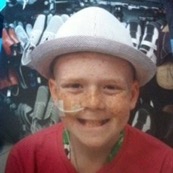
Kalem was not ill and didn’t have a cold or sore throat but they kept us in hospital for four days for intravenous antibiotics. He also had an MRI scan done. On the 24th of February, Kalem and I were waiting to be discharged when an ENT consultant came in and told me that Kalem’s initial results showed he had a lymphoma.
As a pharmacy technician, a lymphoma meant cancer, I knew that much. An hour later, an oncology/haematology consultant explained that Kalem had got a form of non-Hodgkin lymphoma, Burkitt lymphoma. I agreed to chemotherapy starting that weekend; if they didn’t do this straight away he would suffocate in his sleep.
Then came our cycle of six months as an inpatient. Kalem blamed me for making him ill, as he thought he was okay but I’d made him sick by bringing him to the hospital! He needed a feeding tube as he couldn’t eat. He also needed to go to theatre every cycle to have chemo and steroids put directly into his spinal fluid to stop the cancer spreading to his brain and spinal cord. He went from 35kgs to 28kgs and there were times when I thought he wasn’t going to make it.
Kalem finally went into remission at the end of treatment for the non-Hodgkin lymphoma in August 2011. Since then he has suffered after-effects of the chemo, tiredness being the main one. Life goes on and those of us that still have our babies at the end of their treatment are lucky, very lucky.
We are now six years in remission. He is confident, chatty and a happy teenager, but we will always remember that we were one of the lucky ones.”
If you’ve been touched by Kalem’s journey, help us invest in the high quality research which would otherwise go unfunded, helping to support children with cancer so they can be with their families for longer.
Understanding the types of childhood cancer
Each type of childhood cancer has unique characteristics and treatment needs. Here, we provide an overview of the 12 primary types to help you learn more about the various diagnoses that impact young lives.
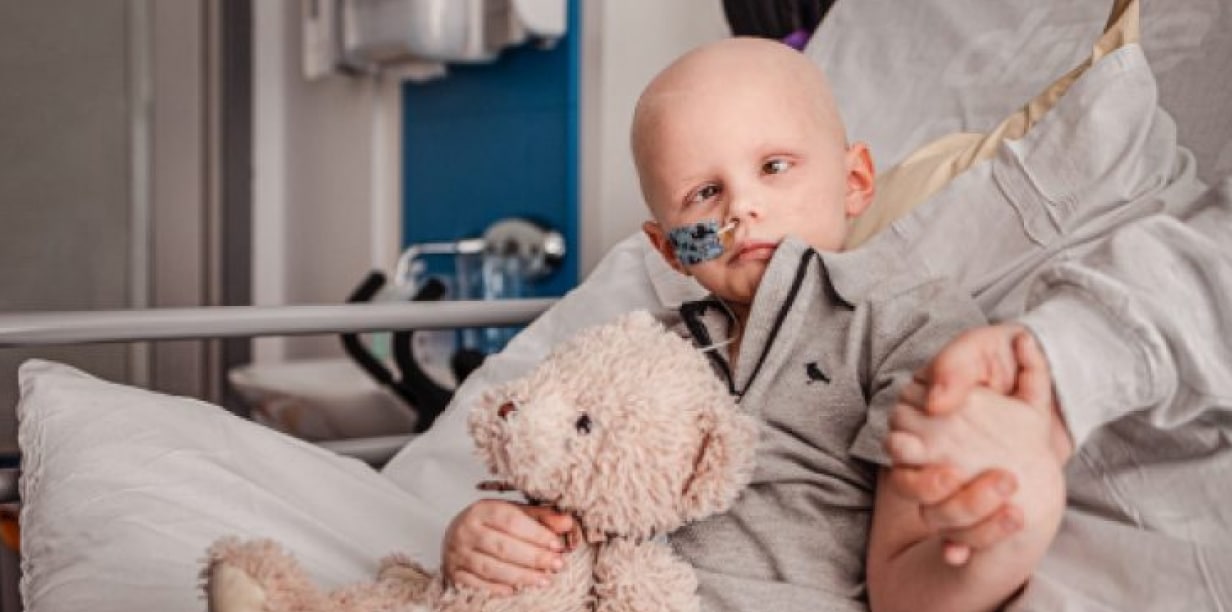
Topics on this page
- Non-Hodgkin Lymphoma in Childhood
- Childhood Non-Hodgkin Lymphoma overview
- What is Non-Hodgkin Lymphoma?
- What is the difference between non-Hodgkin lymphoma and Hodgkin lymphoma?
- Different types of non-Hodgkin lymphoma
- Incidence
- Survival
- Symptoms of Non-Hodgkin Lymphoma
- Non-Hodgkin Lymphoma diagnosis
- Non-Hodgkin Lymphoma treatment
- Are there side effects?
- Non-Hodgkin Lymphoma prognosis
- Kalem’s victory
- Understanding the types of childhood cancer
Related topics
We have lots of information to help you learn more about childhood cancer. From specific cancer types, to treatments and causes.
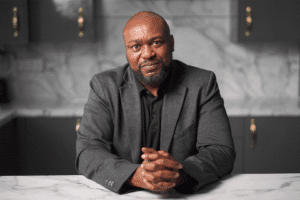
Bristol father finds purpose after losing child to cancer
Bristol father finds purpose after losing child to cancer Children with Cancer UK’s new film shares a family’s journey through…
Read more Bristol father finds purpose after losing child to cancer
UK childhood cancer film Kids Like Us nominated for the 2025 International Emmy® Awards
UK childhood cancer film Kids Like Us nominated for the 2025 International Emmy® Awards 3 October 2025 Children with Cancer…
Read more UK childhood cancer film Kids Like Us nominated for the 2025 International Emmy® Awards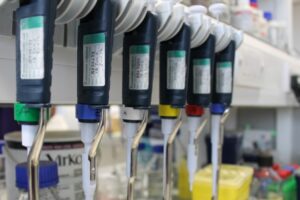
Making immunotherapy better for children with acute lymphoblastic leukaemia
Making immunotherapy better for children with acute lymphoblastic leukaemia 29 September 2025 Chemotherapy and targeted drugs will successfully treat almost…
Read more Making immunotherapy better for children with acute lymphoblastic leukaemia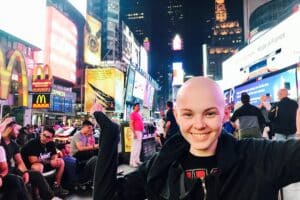
Patient Story – Kira
Kira’s Neuroblastoma Story Kira was diagnosed with neuroblastoma in 2014 when she was just 11 years old. She and her…
Read more Patient Story – Kira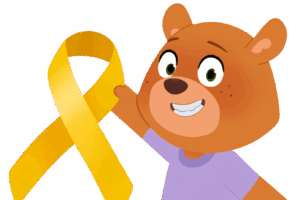
Childhood Cancer Awareness Month 2025 ‘Always By Your Side’
Too many children carry the lifelong burden of surviving cancer, when the only thing they should carry is their teddy…
Read more Childhood Cancer Awareness Month 2025 ‘Always By Your Side’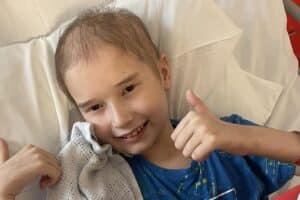
Patient Story – Ben’s Burkitt’s Lymphoma Story
Ben’s Burkitt’s Lymphoma Story Ben was diagnosed with Burkitt’s Lymphoma in March 2024 when he was just 8 years old….
Read more Patient Story – Ben’s Burkitt’s Lymphoma Story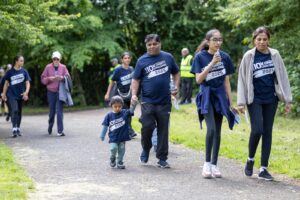
Fundraiser of the Month: Neasden Temple
Fundraiser of the Month: Neasden Temple We couldn’t be doing what we’re doing, investing in research and supporting families, without…
Read more Fundraiser of the Month: Neasden Temple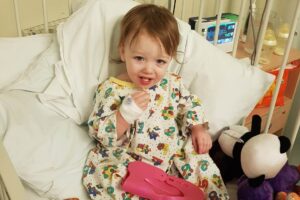
Patient Story – Olivia
Olivia’s Brain Tumour Story At just 17 months old, Olivia was diagnosed with an inoperable brain tumour that left her…
Read more Patient Story – Olivia
Fundraiser of the Month: James-M
Fundraiser of the Month: James We couldn’t be doing what we’re doing, investing in research and supporting families, without our…
Read more Fundraiser of the Month: James-M
Katie’s Leukaemia Story
Katie’s Leukaemia Story Katie was diagnosed with Acute Lymphoblastic Leukaemia when she was just three years old. She shares her…
Read more Katie’s Leukaemia Story